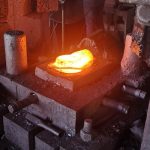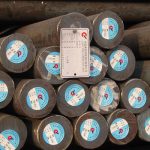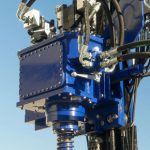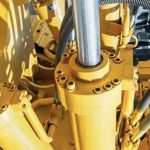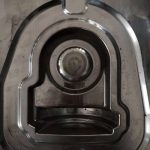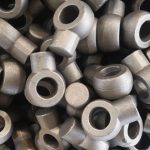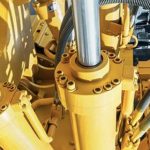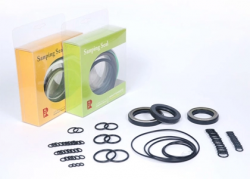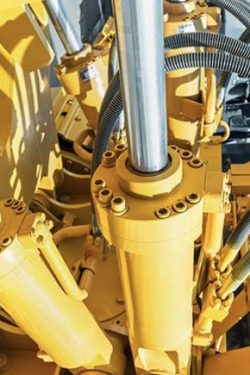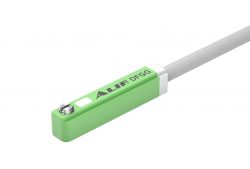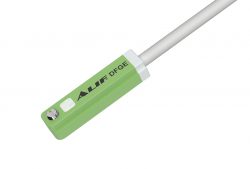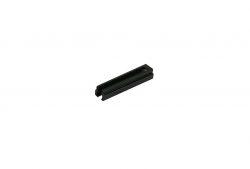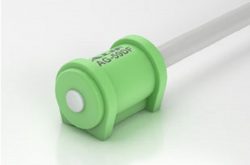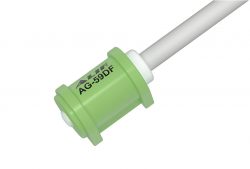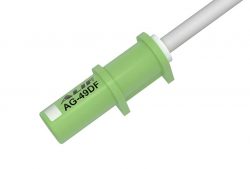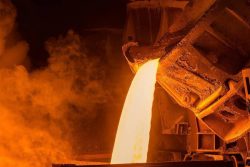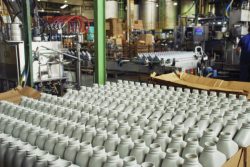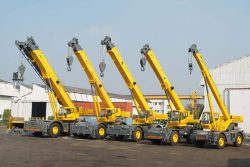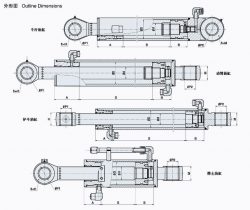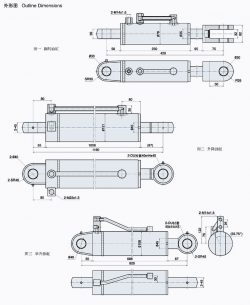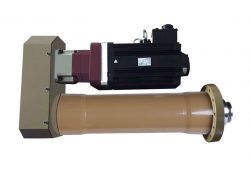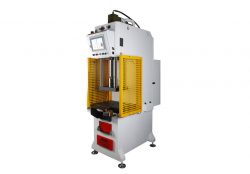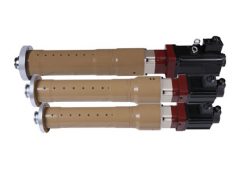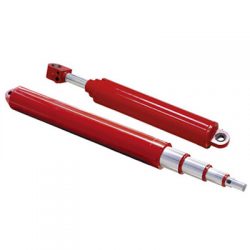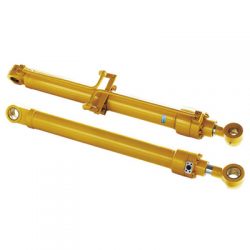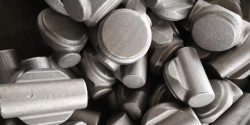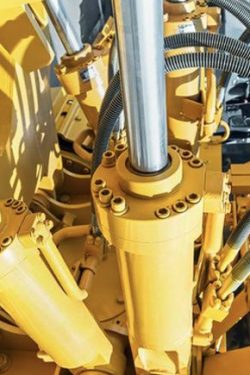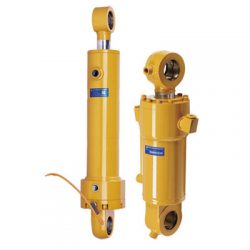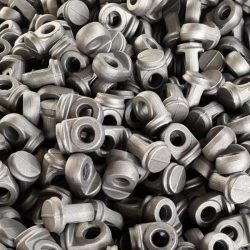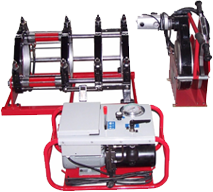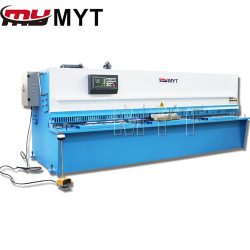How to Determine the Temperature Range of Hot Forging?
The hot forging process is performed within a certain temperature range. The forging temperature range of steel refers to the temperature range between the start forging temperature (initial forging temperature) and the end forging temperature (final forging temperature).
The basic principle for determining the forging temperature range is to ensure that the steel has a higher plasticity and a lower deformation resistance to obtain high-quality forgings. At the same time, the hot forging temperature range is as wide as possible to reduce the number of heating fires and increase the forging productivity.
The basic method to determine the forging temperature range is: based on the balance diagram of the steel, then refer to the plastic diagram, resistance diagram and recrystallization diagram of the steel, and comprehensively analyze the plasticity, quality and deformation resistance to determine the initial forging temperature And final forging temperature.
Generally, the forging temperature range of carbon steel can be directly determined according to the iron-carbon balance relationship. The forging temperature range of most alloy structural steels can be considered with reference to carbon steels with the same carbon content. However, for high-alloy steels with low plasticity and steels that do not undergo phase transformation (such as austenitic steels, pure ferrite steels), tests must be passed to obtain a reasonable forging temperature range.
1. Initial forging temperature of the hot forging process
The hot forging process determines the initial forging temperature of steel, and first of all, it must ensure that the steel does not overburn. Therefore, for carbon steel, the initial forging temperature should be lower than the initial melting line of the iron-carbon balance of 150-250℃. In addition, factors such as the rough structure, forging method and deformation process should also be considered.
2. Final forging temperature of the hot forging process
When the hot forging process determines the final forging temperature, it is necessary to ensure that the steel has sufficient plasticity before the final forging, but also to enable the forging to obtain good structure and properties. Therefore, the final forging temperature of steel should be higher than the recrystallization temperature to ensure complete recrystallization after forging, so that the forging can obtain fine grain structure.
For carbon steel, the final forging temperature cannot be too low. Otherwise, plasticity will be significantly reduced, deformation resistance will increase, work hardening will be serious, and forging cracks will easily occur.
It must also be pointed out that the final forging temperature of steel is also related to the structure, forging process and subsequent processes of the steel. For steels without phase change, since heat treatment cannot be used to refine the grains, forging can only be used to control the grain size. In order to obtain fine grains for forgings, the final forging temperature of this type of steel is generally low. When the heat treatment of forgings is performed immediately after forging, the final forging temperature should meet the requirements of heat treatment.



